Top Rated Commercial Meat Grinders 2025 | Best Heavy Duty Models for Butchers & Processors
Introduction – Why “Top Rated” Matters in Commercial Meat Grinding
In the competitive world of food service and meat processing, efficiency, consistency, and product quality are key to success. Whether you run a butcher shop, grocery store, restaurant, or meat processing plant, a top rated commercial meat grinder can transform the way you handle meat preparation.
These heavy-duty machines are designed to process large volumes of meat quickly and safely while maintaining texture and flavor. Choosing the right model is not only about speed — it’s about durability, ease of cleaning, and compliance with food safety standards. In 2025, the market offers more advanced, energy-efficient, and versatile models than ever before, making this the perfect time to invest.
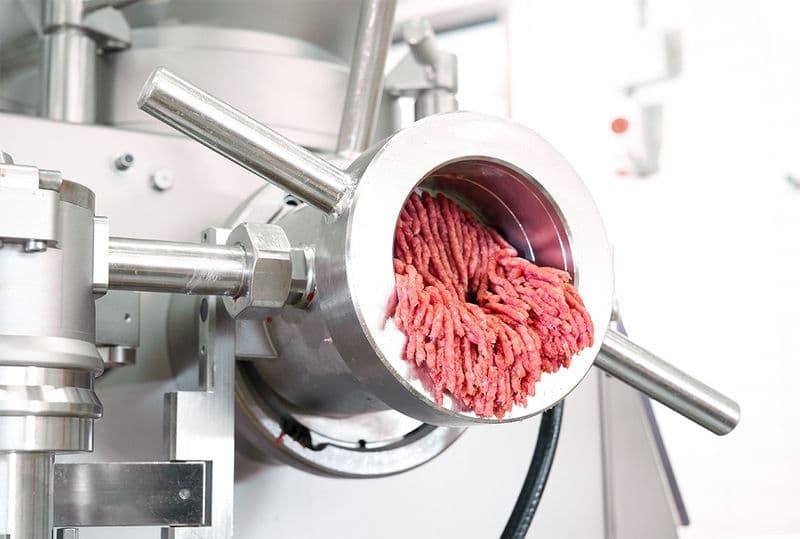
Understanding Commercial Meat Grinders – Core Functions & Benefits
A commercial meat grinder is an industrial-grade machine used to grind meat into uniform textures for products such as sausages, burgers, meatballs, pâtés, and pet food. Compared to home grinders, commercial units offer:
High Throughput: From 100 to over 1,000 lbs per hour.
Heavy-Duty Motors: Ranging from 0.5 HP for small shops to 5+ HP for industrial operations.
Stainless Steel Construction: Resistant to rust and corrosion.
Interchangeable Grinding Plates: Allowing for fine, medium, and coarse textures.
Continuous Operation: Capable of running for extended periods without overheating.
Key Benefits of Top Rated Commercial Meat Grinders:
Consistent Quality: Uniform particle size for even cooking.
Customization: Control fat ratios, seasoning blends, and meat combinations.
Cost Savings: Grind in-house to reduce dependency on pre-ground meat.
Improved Hygiene: Easy-to-clean designs minimize contamination risk.
2025 Market Trends for Commercial Meat Grinders
The commercial meat grinder market is evolving rapidly. Here are the main trends shaping 2025:
Automation & Efficiency: Automatic feed systems and programmable grinding cycles reduce labor and increase throughput.
Energy Efficiency: New motor technologies cut power consumption without sacrificing performance.
Hygienic Design: Seamless stainless steel housings and tool-free disassembly improve cleaning efficiency.
Versatility: Modern grinders handle fresh, frozen, and plant-based proteins.
Compliance & Safety: NSF-certified models with built-in safety switches and overload protection are becoming industry standards.
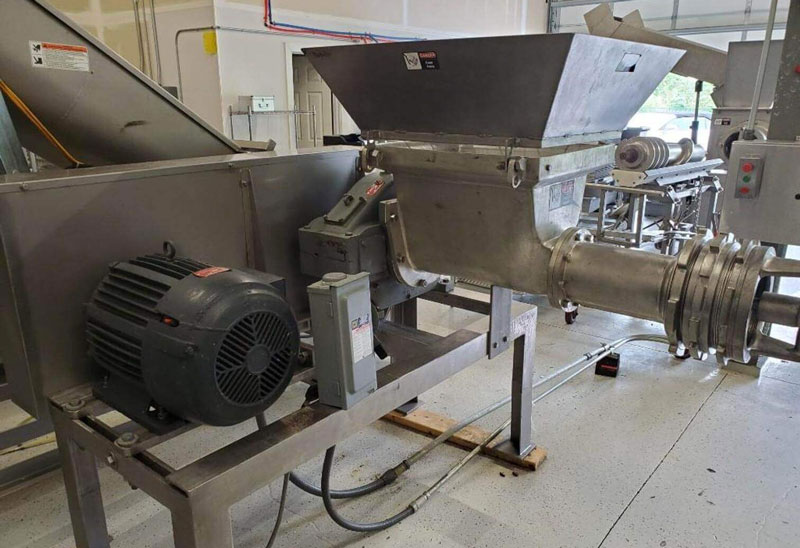
Types of Commercial Meat Grinders & Their Applications
Countertop Commercial Meat Grinders
Best For: Restaurants, small butcher shops, catering services.
Advantages: Compact, easy to store, affordable.
Limitations: Lower capacity; not ideal for continuous heavy-duty use.
Floor-Standing Commercial Meat Grinders
Best For: Medium to large butcheries, meat processors.
Advantages: Higher capacity and power; ergonomic working height.
Limitations: Requires more space.
Automatic Feed & Continuous Grinding Systems
Best For: Large-scale meat processing plants.
Advantages: Minimal manual input; continuous production capability.
Limitations: Higher initial cost; requires trained operators.
Specialty Grinders for Frozen Meat or Sausage Stuffing
Best For: Producers requiring specialized output.
Advantages: Designed for niche applications; can handle extreme temperatures.
Limitations: Less versatility for general grinding needs.
How We Selected the Top Rated Models in 2025
To determine the best commercial meat grinders, we evaluated models based on:
Motor Power & Capacity – Speed and efficiency for different workloads.
Material Quality – Food-grade stainless steel and heavy-duty components.
Ease of Cleaning – Tool-free disassembly, dishwasher-safe parts.
Safety Features – Emergency stop buttons, overload protection.
Value for Money – Balancing performance with price.
The Best Commercial Meat Grinders of 2025 – Reviews & Comparisons
1. Model A – Heavy-Duty Industrial Grinder for Large Plants
Capacity: 550 lbs/hr
Motor: 3 HP, air-cooled
Key Features: Continuous feed, multiple plate sizes, reverse function for jams.
Best For: High-volume butcheries, industrial meat processors.
2. Model B – Best Budget Grinder for Small Shops
Capacity: 200 lbs/hr
Motor: 1.5 HP
Key Features: Countertop design, stainless steel body, quiet operation.
Best For: Restaurants, small delis.
3. Model C – Most Versatile Grinder for Mixed Operations
Capacity: 350 lbs/hr
Motor: 2 HP
Key Features: Works with fresh and partially frozen meat; includes sausage stuffer kit.
Best For: Businesses offering diverse meat products.
4. Model D – Premium Grinder for High-End Butcher Shops
Capacity: 450 lbs/hr
Motor: 2.5 HP
Key Features: Precision grinding, elegant stainless finish, advanced safety sensors.
Best For: Boutique butcheries, gourmet markets.
Comparison Table – Key Specifications at a Glance
| Model | Capacity (lbs/hr) | Motor Power | Best For | Notable Features |
|---|---|---|---|---|
| Model A | 550 | 3 HP | Industrial plants | Continuous feed, reverse function |
| Model B | 200 | 1.5 HP | Small shops | Compact design, quiet |
| Model C | 350 | 2 HP | Mixed operations | Frozen meat capable, sausage kit |
| Model D | 450 | 2.5 HP | High-end butcheries | Premium build, advanced safety |
Buying Tips – How to Choose the Right Grinder for Your Business
When selecting a commercial meat grinder, consider:
Volume Requirements: Match grinder capacity to daily production needs.
Motor Strength: More HP means faster grinding and longer duty cycles.
Ease of Maintenance: Look for quick-disassembly designs.
Safety Features: Always prioritize models with emergency stop buttons and overload protection.
Budget: Invest for long-term reliability, not just upfront savings.
Maintenance & Cleaning – Maximizing Lifespan and Hygiene
Daily Cleaning: Disassemble and wash all food-contact parts with hot, soapy water.
Weekly Deep Cleaning: Sanitize using food-safe solutions and inspect blades for wear.
Lubrication: Keep moving parts lightly lubricated with food-grade oil.
Storage: Dry thoroughly before reassembly to prevent rust.
Troubleshooting Common Issues with Commercial Meat Grinders
Grinder Jams: Reverse function or clear blockage manually after unplugging.
Overheating: Reduce load and allow the motor to cool.
Uneven Grind: Check plate alignment and blade sharpness.
Noise or Vibration: Tighten loose components and ensure stable surface placement.
Food Safety & Regulatory Compliance
In 2025, most commercial kitchens and meat processors are required to meet strict hygiene and safety regulations:
NSF Certification: Verifies compliance with food safety standards.
HACCP Guidelines: Prevents contamination risks.
Food-Grade Materials: Stainless steel components for all meat-contact parts.
FAQs – Everything You Need to Know Before Buying
Q: Can commercial meat grinders process frozen meat?
A: Some heavy-duty models can handle partially frozen meat for better texture.
Q: How often should I replace grinder blades?
A: Typically every 6–12 months, depending on usage.
Q: Is it worth buying attachments?
A: Yes, attachments such as sausage stuffers and extra plates expand versatility.
Conclusion – Choosing the Best Grinder for Your Business in 2025
Investing in one of the top rated commercial meat grinders ensures consistent quality, faster production, and long-term reliability. By matching the right grinder to your production needs and maintaining it properly, you’ll enjoy better workflow, happier customers, and higher profits.
Must-Read Blogs For Chain Restaurants Owner

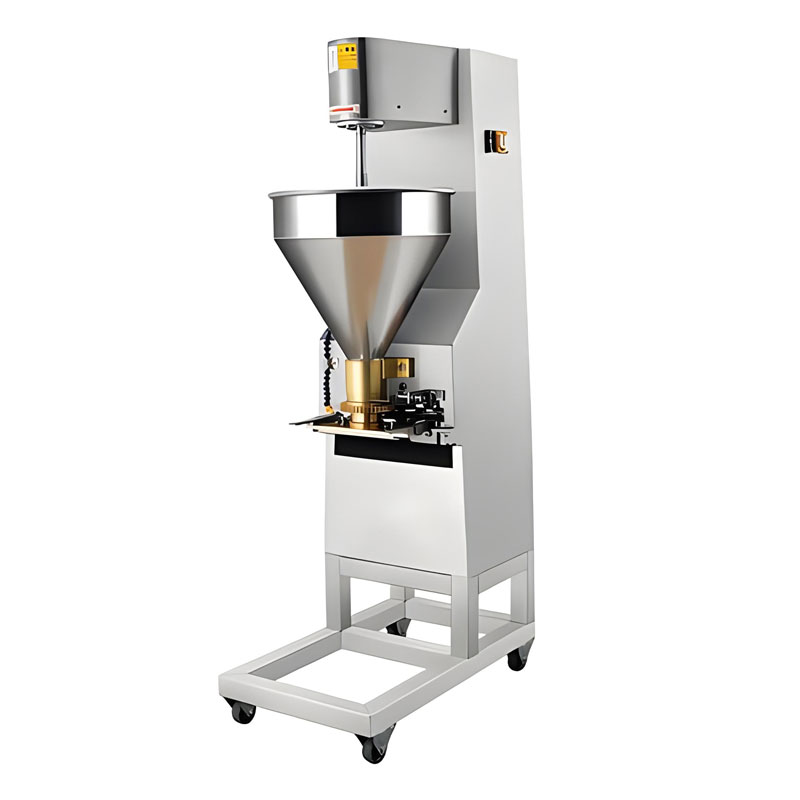
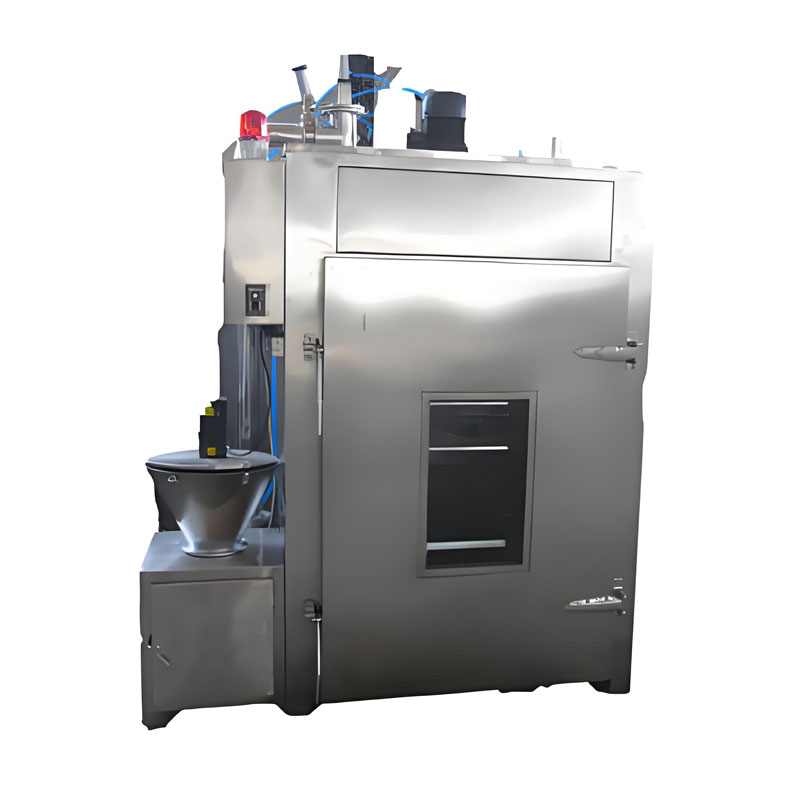
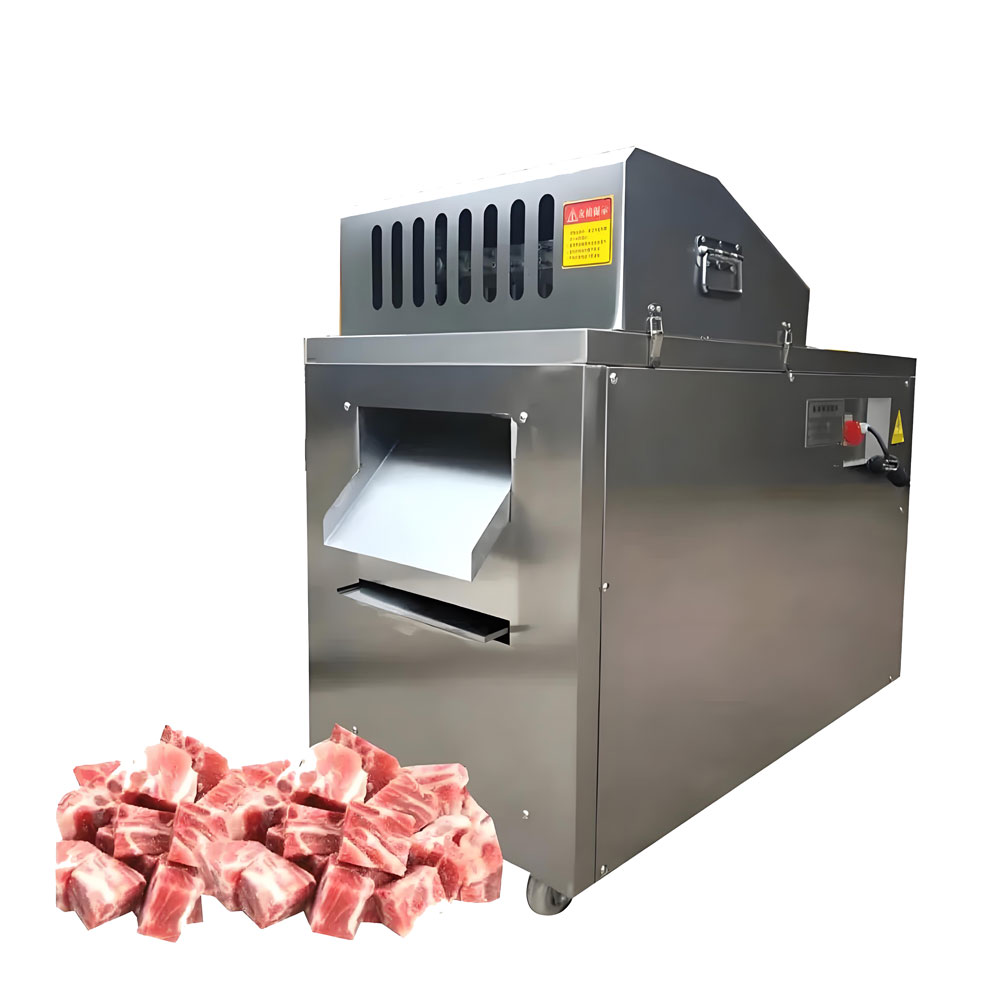
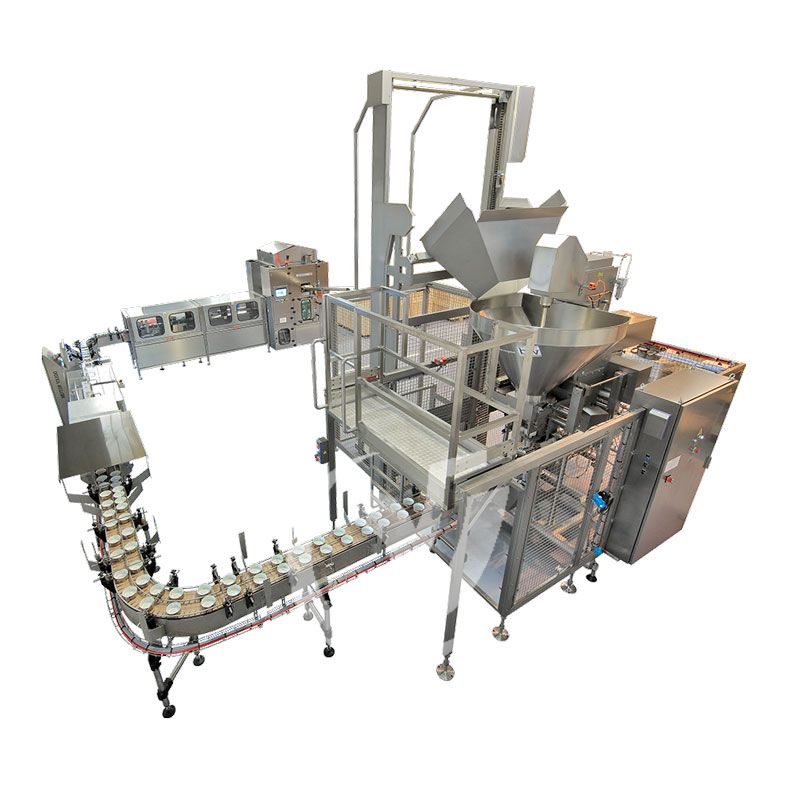

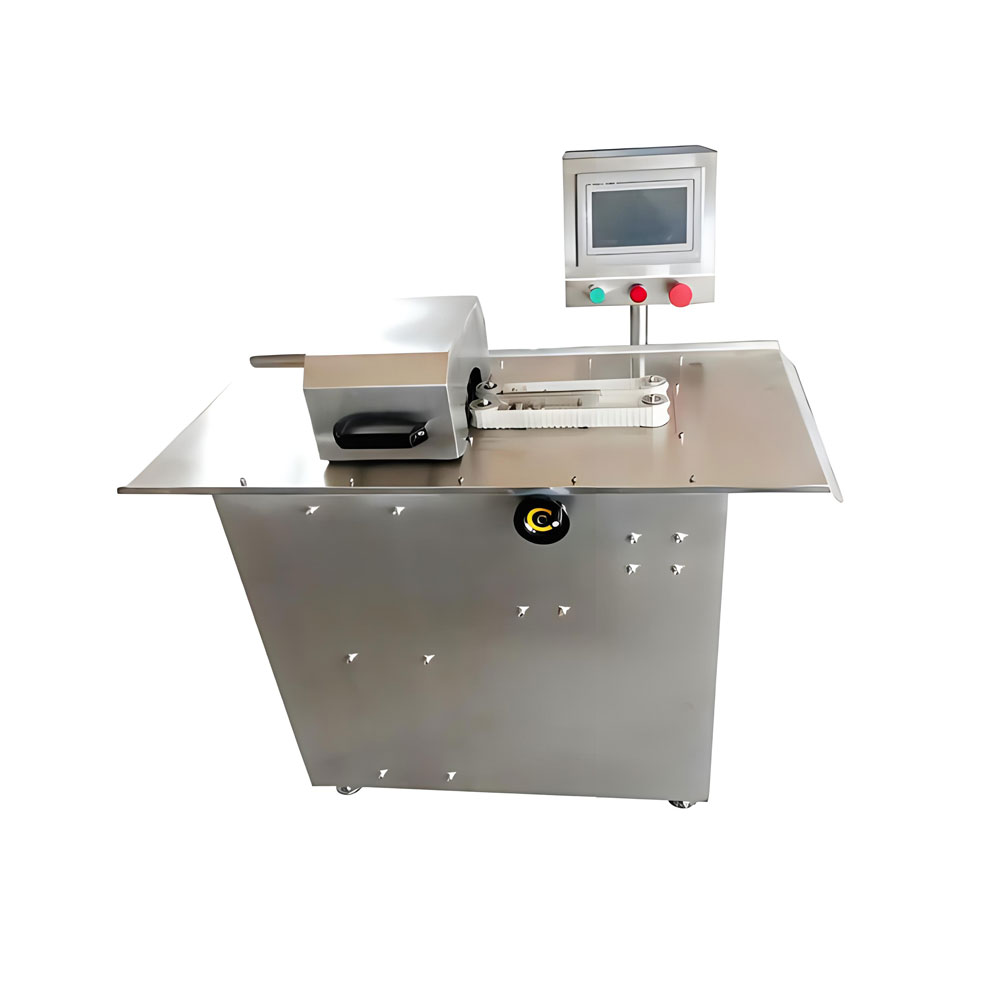
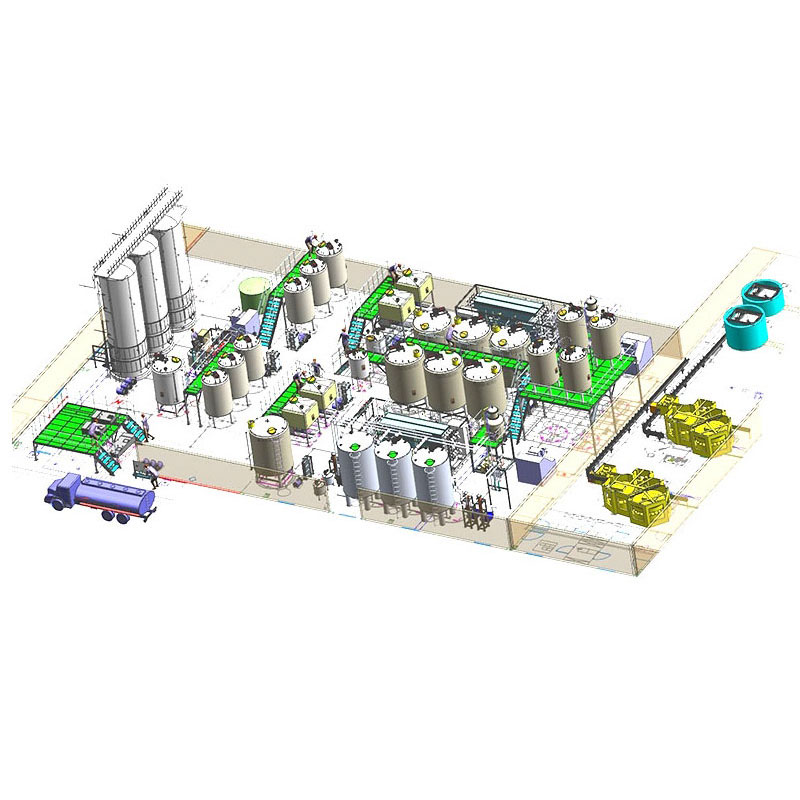
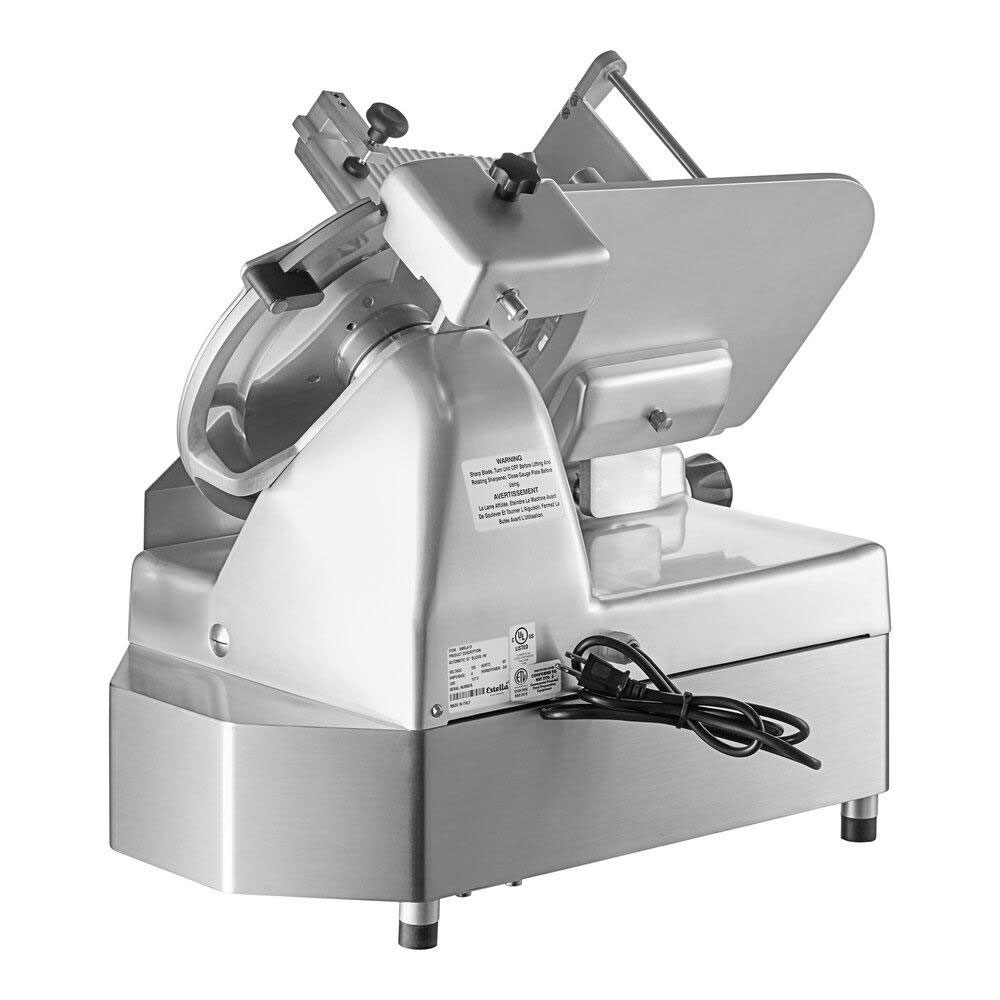
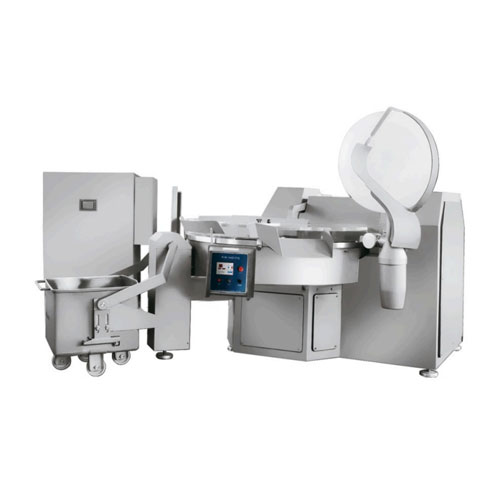
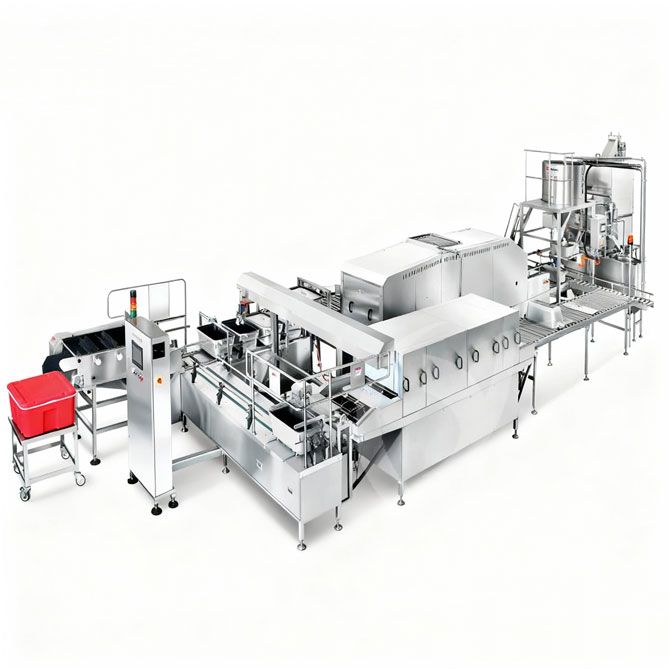
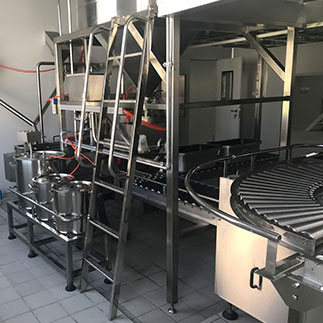 Cold Chain Rice Production Line
Cold Chain Rice Production Line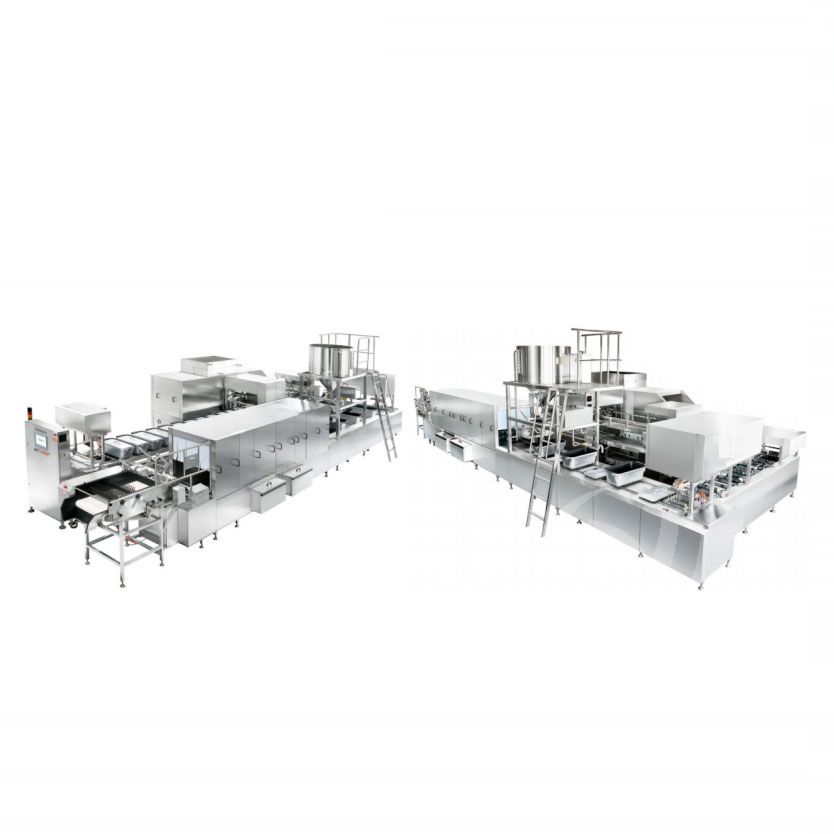 Unmanned Intelligent Rice Production Line
Unmanned Intelligent Rice Production Line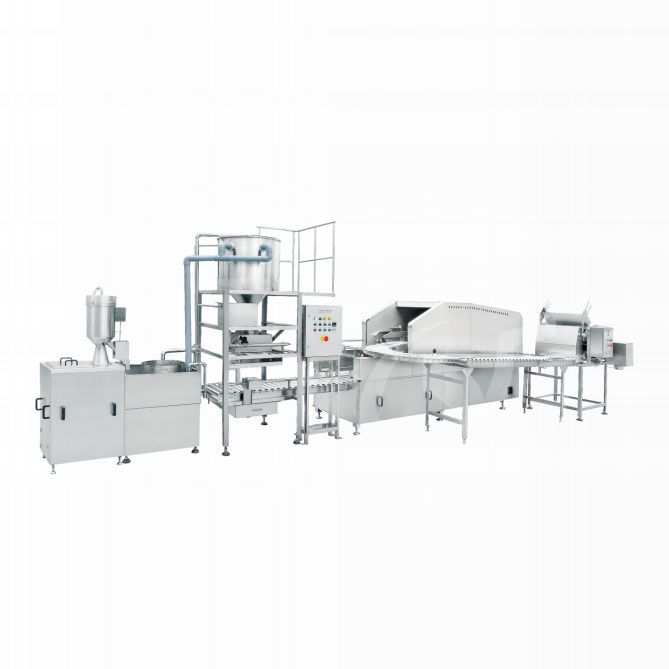 Automatic Rice Production Line
Automatic Rice Production Line
Ready to Get Started?